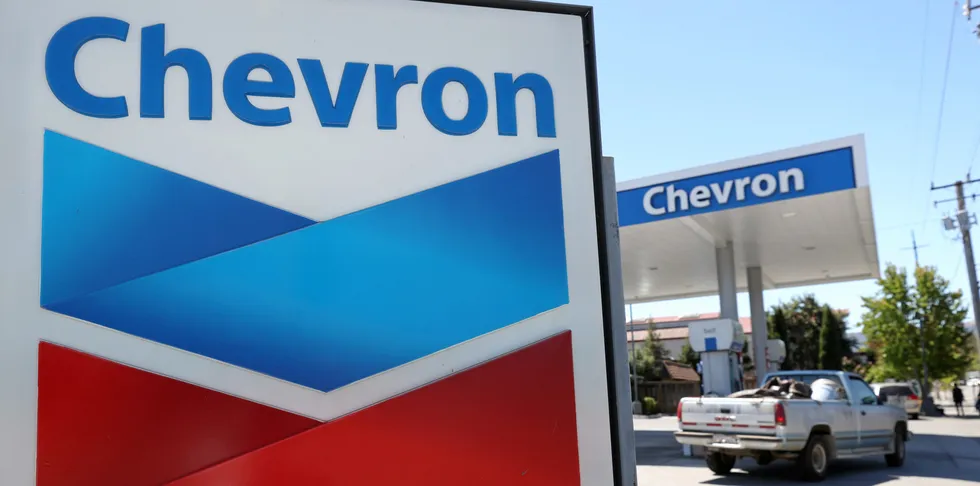Chevron to invest $2.5bn in green and blue hydrogen by 2028, reveals senior executive
US oil giant wants to be part of the global clean H2 ramp-up, hydrogen vice-president tells London conference, but the company has done little so far

US oil giant wants to be part of the global clean H2 ramp-up, hydrogen vice-president tells London conference, but the company has done little so far
